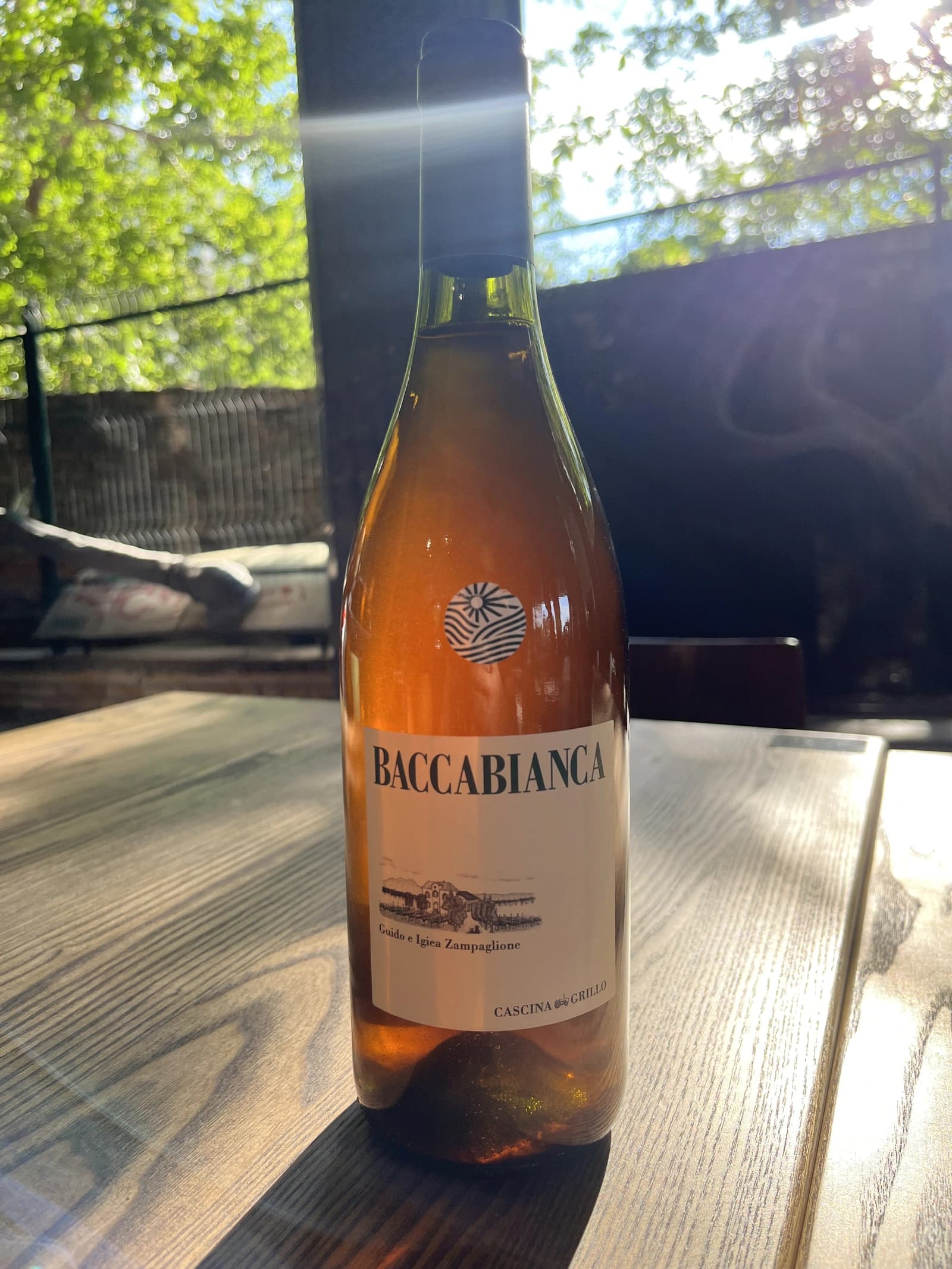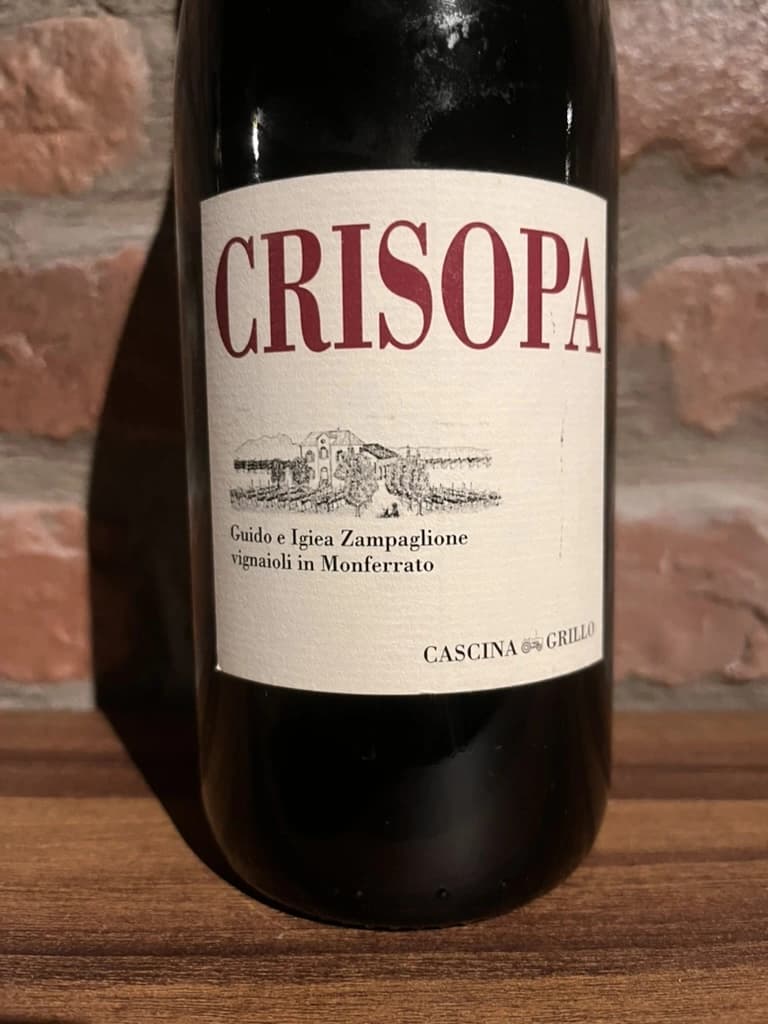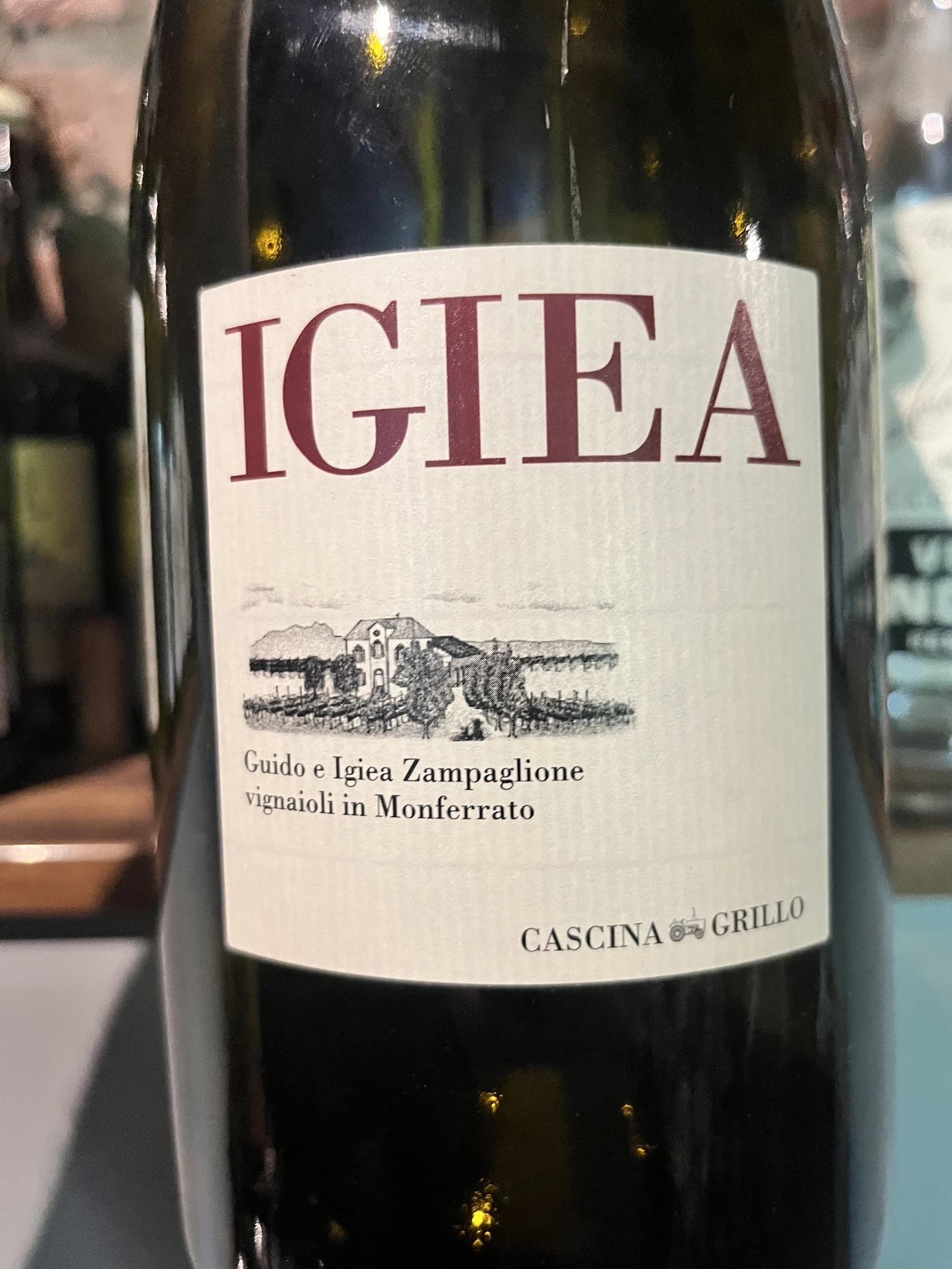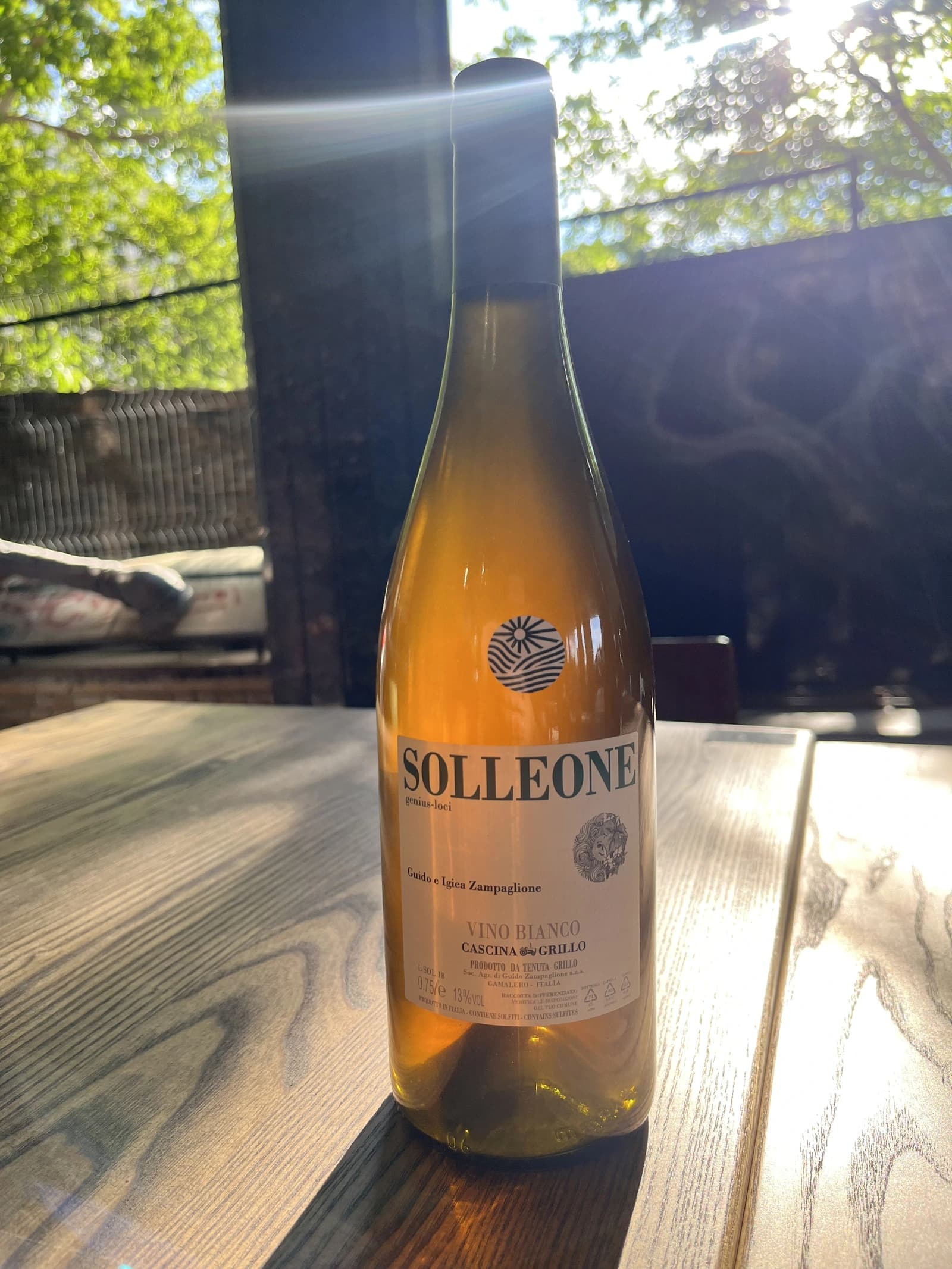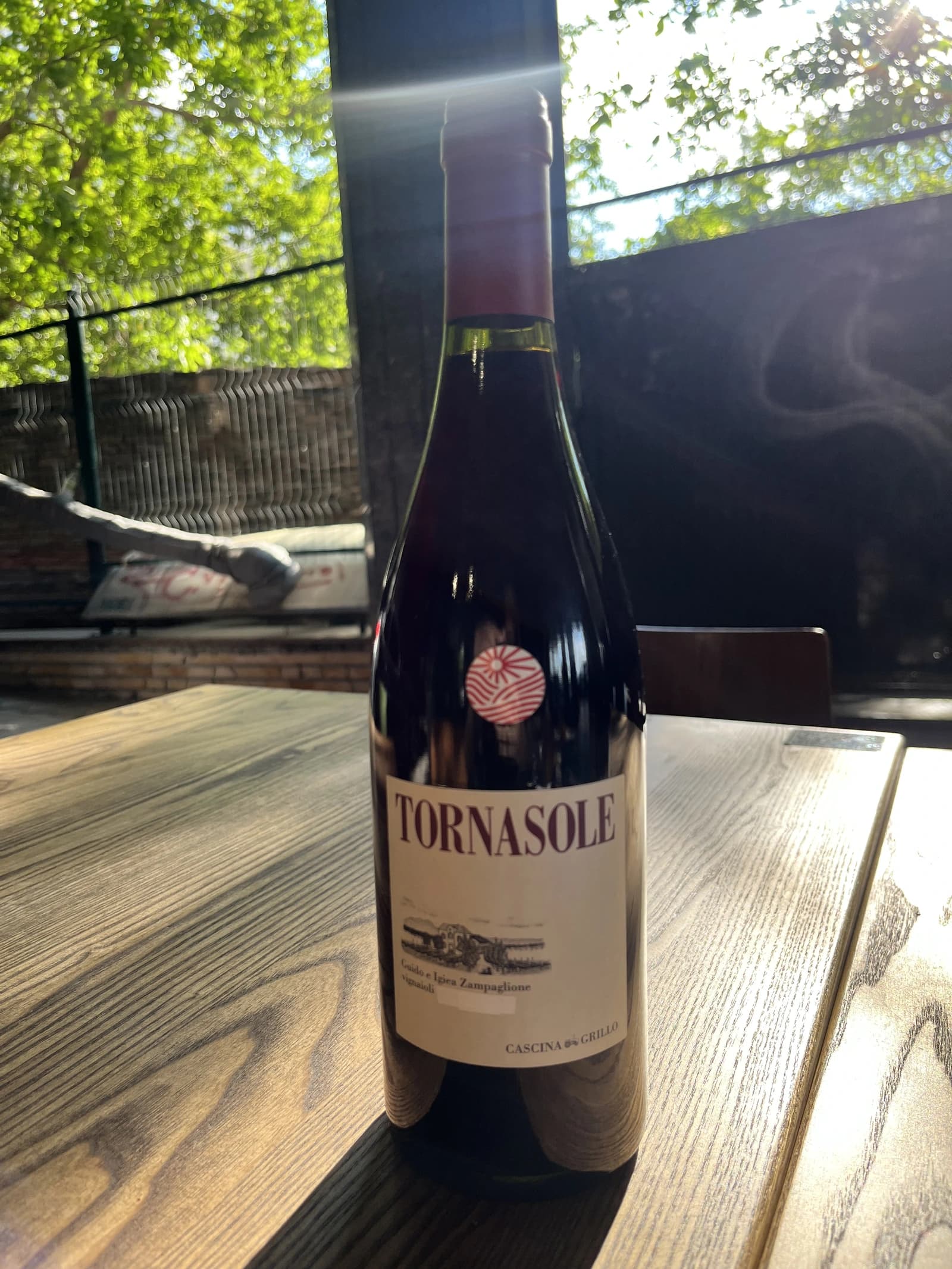Tenuta Grillo Pratoasciutto 2007
- Region
- Italy » Vino
- Type
- red still, dry
- Producer
- Vintage
- 2007
- Grapes
- Dolcetto
- Alcohol
- 13.5
- Volume
- 750 mL
- Cellar
- 1 bottles
- Find at
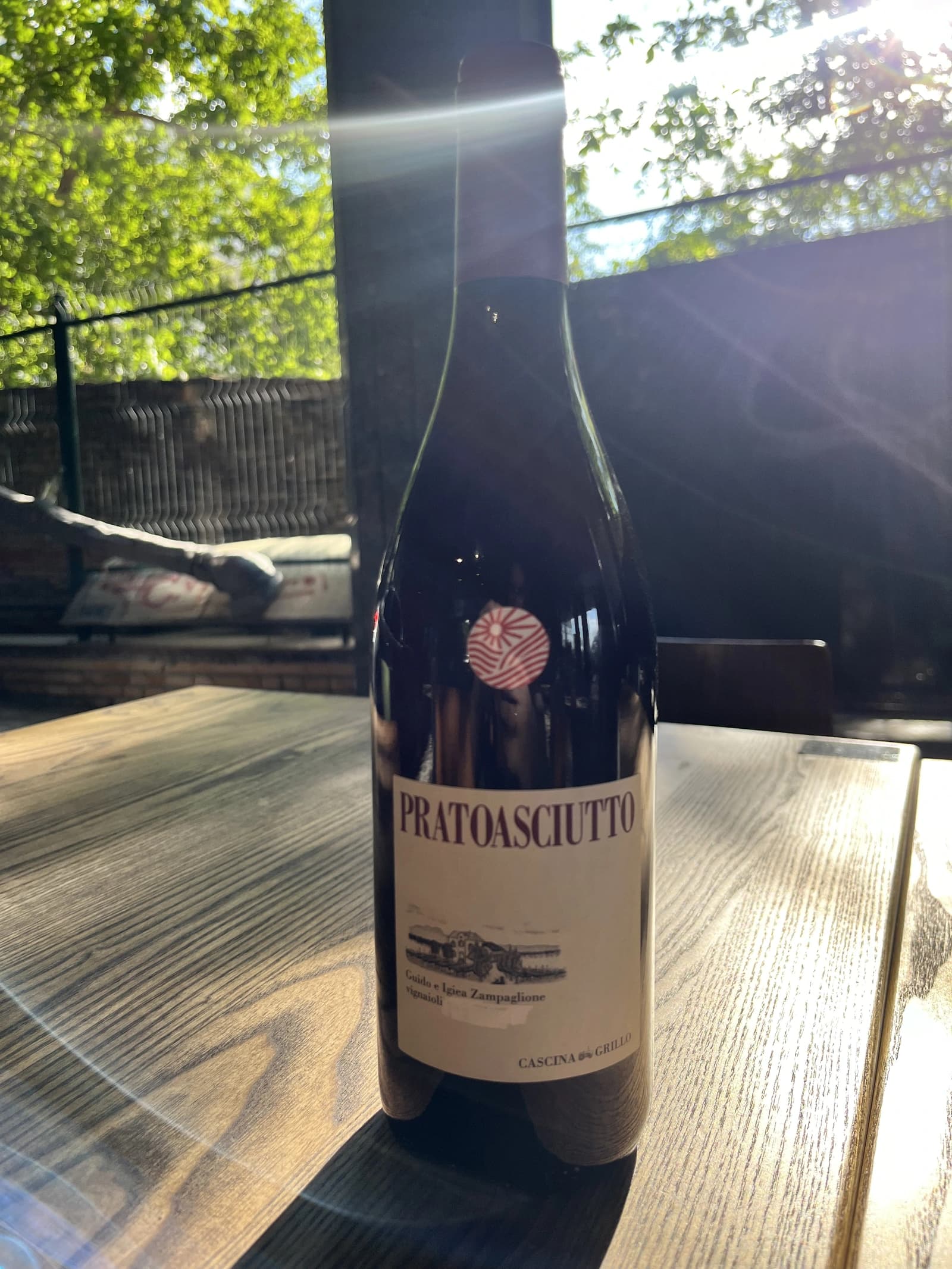
Pratoasciutto is named after the old field from which the grapes for this wine are sourced. It undergoes 60 days of skin contact with native yeasts, spontaneous fermentation, 12 months of ageing in steel tanks, and 5 years in bottles. Around 6000 bottles are produced annually.
Ratings
Notes of dried banana, fig, eucalyptus, pine, tobacco, dried blackberries, and dry earth. An interesting, developed wine that’s hard to drink solo. Harsh, drying yet mature tannins, and unexpected acidity. But there are multiple layers—very engaging to drink. It combines rusticity and finesse at the same time. Flavours of black olives mixed with dark berries and tobacco.
About Producer
Tenuta Grillo was founded in 2002 in Monferrato (Piedmont) by Guido Zampaglione, originally from Campania. His plan was simple—to start small and gradually increase yearly production to 80,000 bottles. But somewhere along the way, Guido realised he couldn't and didn't want to pursue that goal. For him, being fully involved in the winemaking process, including growing the grapes, to create uncompromisingly high-quality wines with strong ageing potential, was the priority. Considering that he enjoys drinking mature wines himself, he releases them onto the market after some decent ageing in bottles.
The vineyards are located in the Monferrato region, near a small village called Gamalero. The vines grow in sandy, quick-draining soil on a gently sloping upland about 350 meters above sea level. The continental climate is characterised by great heat during the day, while the nights are cooler. Wine production is based on low yields and a meticulous selection of the grapes. Winemaking features long macerations (often several weeks), indigenous yeasts, minimal use of sulfur dioxide, and the exclusion of other additives. Ageing primarily occurs in large wooden barrels.
